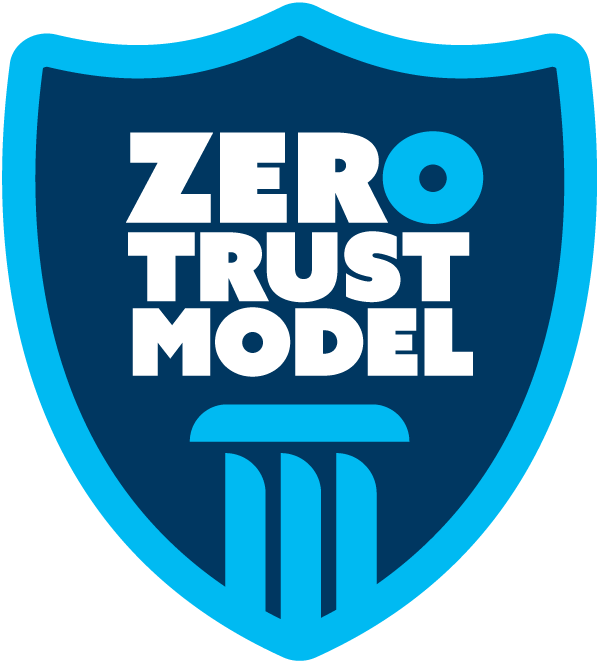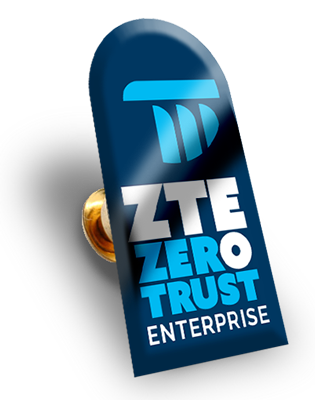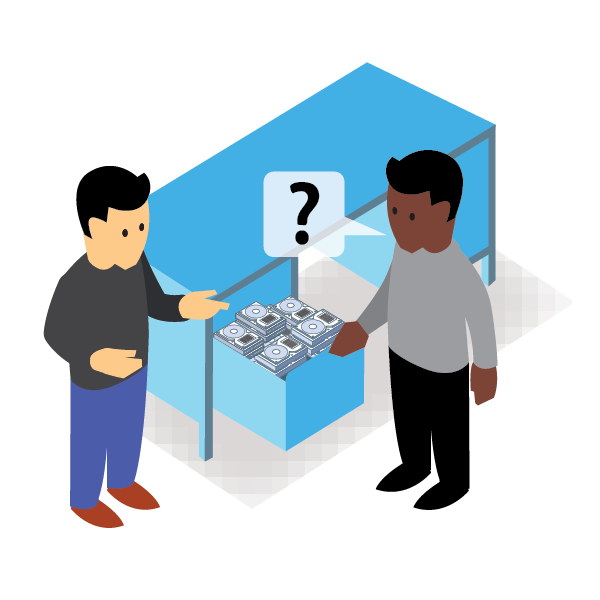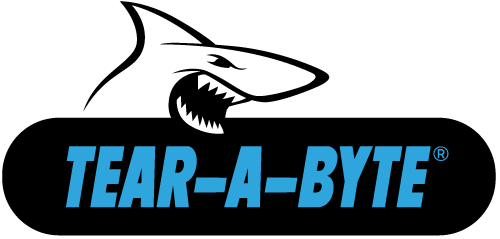“Let’s face it, breaches caused by insider threats can be disreputable, disruptive, and financially devastating to any business.”
When you proactively confront data security risks utilizing the Zero Trust Architecture (ZTA) by TechR2 you will immediately inherit sound regulatory compliance, diminished workforce disruptions, financial preservation, and a much more effective, resilient response to your critical data disposal operations.
This complexity has led to the development of a new “architecture” known as “zero trust architecture” or ZTA.
Data infrastructure within today’s typical enterprise has grown increasingly complex with the ever-expanding operation of added internal networks, remote offices and cloud services. This complexity has overwhelmed legacy methods of perimeter-based network security as the perimeter is no longer easily identified. Perimeter-based network security is no longer sufficient since once attackers breach the perimeter, further encroachment goes unhindered.
Well designed ZTA includes all forms of data infrastructure management, including the internal handling of physical assets.
Many organizations already have elements of a ZTA in their enterprise infrastructure today, but often fall short in implementing the zero trust principles, process changes, and technology solutions to protect their physical data assets. Data breach reports*, unfortunately, have seen a rising trend as hackers seek to bypass external protections and concentrate on more malicious ways to access data – to implant malware from inside the organization with the cooperation of insiders.

“Put simply, ZTA philosophy is: “never trust, always verify.” The goal of zero trust is to change the “inside good, outside bad” way of thinking. Firewalls and anti-virus help stop the outside world from coming in, but it does not protect an attack from the inside.”

Zero Trust applies just as much to data at-rest as it does to data-in-motion.
Zero trust presents a maturation from a location-centric model to a more data-centric approach for pinpointed security controls between users, systems, data and assets that change over time; for these reasons, moving to a ZTA is essential.
Transitioning to ZTA, however, can be a complex and lengthy journey in evaluating, planning and implementing vital safeguards for any organization and is not accomplished with a wholesale replacement of technology. Naturally, TechR2, as a front line leader in data infrastructure security, has integrated the NIST 800-227 ZTA model into the Tear-A-Byte process.
When your data bearing devices are at their end of life, how do you currently ensure those devices aren’t walking out the door? Our Zero Trust Model will transform the way you mitigate risks in this ever complex world.”
Many organizations already have elements of a ZTA in their enterprise infrastructure today, but often fall short in implementing the zero trust principles, process changes, and technology solutions to protect their physical data assets.
*50% of data breaches occur from within the organization itself. The average annual total cost of insider threats rose to $11.45M. – Ponemon Institute
Data breach reports*, unfortunately, have seen a rising trend as hackers seek to bypass external protections and concentrate on more malicious ways to access data – to implant malware from inside the organization with the cooperation of insiders.
Well designed ZTA includes all forms of data infrastructure management, including the internal handling of physical assets.
Data infrastructure within today’s typical enterprise has grown increasingly complex with the ever-expanding operation of added internal networks, remote offices and cloud services.
This complexity (mentioned above) has overwhelmed legacy methods of perimeter-based network security as the perimeter is no longer easily identified.
Perimeter-based network security is no longer sufficient since once attackers breach the perimeter, further encroachment goes unhindered.
Why risk it alone?
Get started today.
We’re happy to answer any questions you may have and help you determine which of our services best fit your needs.
Your benefits:
- Client-oriented
- Independent
- Competent
- Results-driven
- Problem-solving
- Transparent
What happens next?
Schedule a call at your convenience
We do a discovery and consulting meeting
We prepare a proposal






